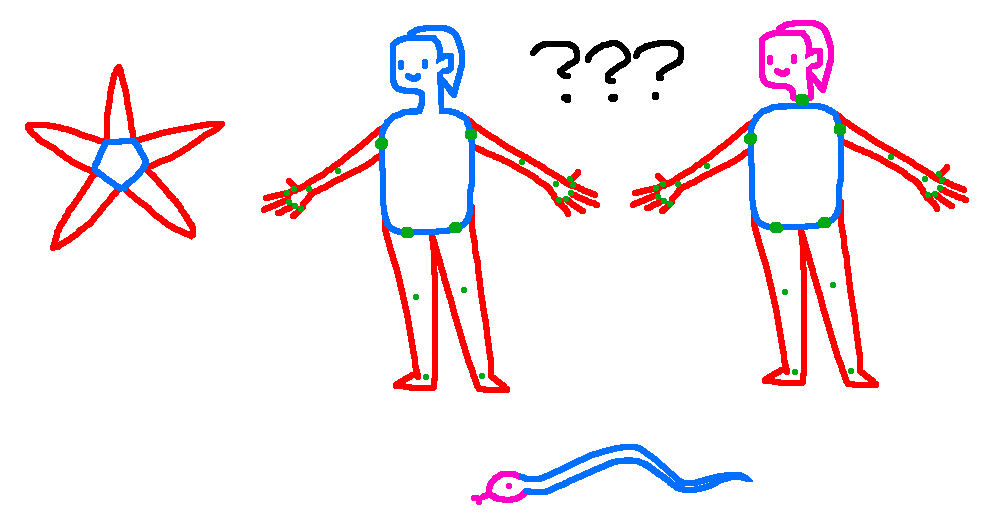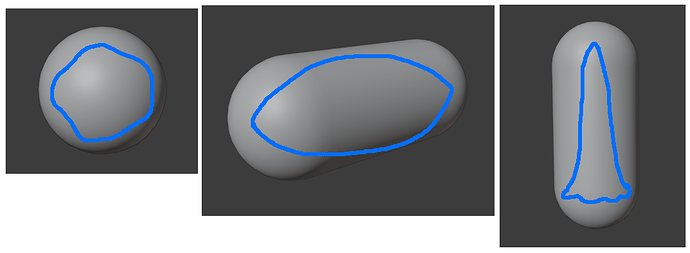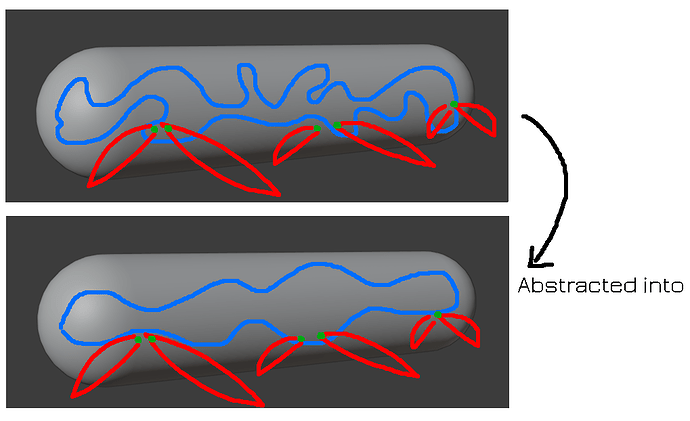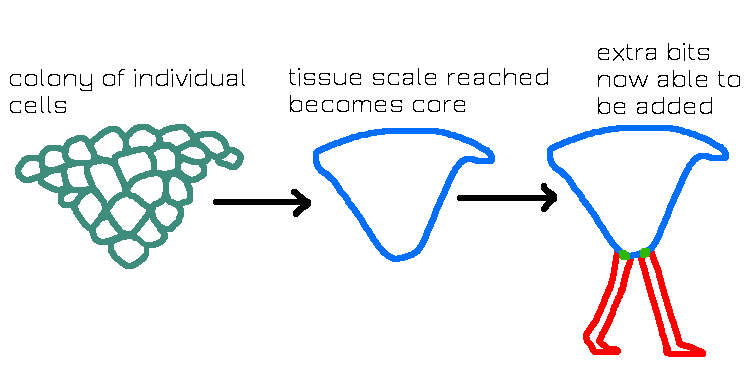I don’t have much new at the moment, but I wanted to say that we need to keep in mind that every editor needs to be easily manipulable by auto-evo.
I assume we’re all on the same page that auto-evo needs to be relatively targeted? We should avoid generating a handful of purely random mutations for each organism, as it will get really inefficient and costly as organisms get larger and as more species arise. It’s easier to add a random organelle to a cell and have it be beneficial, but on a larger scale, truly beneficial mutations will end up being extremely rare and aesthetics will suffer. Creatures will probably end up looking like those from Species ALRE and Ecosystem which, while fascinating games in their own right, are quite different from Thrive in their approach to evolution.
Auto-evo, while targeted, should be imperfect by design, rarely making the most profitable choice possible, and sometimes failing to make any good changes whatsoever (possibly based on factors such as species population and rate of reproduction). It would also have to occasionally make multiple “decisions,” two or possibly more, so species can split.
I might be wrong on this, of course. We’ve barely tested anything with truly advanced auto-evo, so let me know if my idea of the system isn’t right, or even if I’m underestimating the capabilities of auto-evo.
Either way, however, it’s probably best to design the editor and the structure of organisms to be structurally simple, yet flexible, so auto-evo can interact with them without too many headaches. I thought maybe the player could have a more sophisticated editor while the NPCs have something more basic, but that would end up being problematic, especially considering literally every organism is descended from the player’s first species. (and even if it’s simple enough to work with then, later on when auto-evo inherits the player’s more advanced designs, it might not know how to work with it)
as I said before, having an abdominal/core region of the organism body seems to be a good first step, as it should hopefully work for most organisms, including sessile ones like plants, if we don’t force bilateral symmetry on them, but excluding some unique, decentralized organisms, like slime molds (which may be a sacrifice we have to make :c)
The core would have to be (mostly), structurally and functionally, convex; its overall shape will influence an organism’s capabilities, movement, mass, etc., but any extra bits would be handled by appendages attached to it. So a starfish would be a roughly pentagonal blob with 5 arms growing out of it, a human would be a torso with arms and legs (should the head be part of the core or not?) and Just about the entire body of a snake would be one long, wiggly core.
(Sorry, I just now realized that you used “appendages” in your initial post to describe structures like hands or feet that cap off limbs, while I used them to describe limbs, fins, horns, and just about anything that sticks out of the torso… sorry for the confusion)
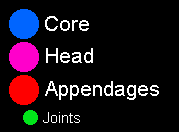
With bones animating the core, things get more complicated. They would let snakes and eels wiggle, which might be an automatic thing with enough flexibility and length to the core, but they would also allow for necks, or parts that move in different ways to the rest of the body, to be created, letting the head or possibly other parts pivot around. How would auto-evo know how to create and modify these structures? Could necks be another appendage or a joint of some kind attached to a head part? How would that work if the head was previously part of the core? Where did this new head part come from? Maybe it appears as soon as you begin cephalization (clustering sensory organs, brain, mouth, etc. near the front to help with more active movement, which seems to be very common trend in evolution), but it starts out “embedded” in the core?
But still, how do we move this new part to being attached to a totally different part? And since I’ve talked a lot about wanting to make players adapt existing structures instead of creating brand new ones, how would this neck be made? Would it have any structural prerequisites?
One idea I had regarding cores was that they could be built within a basic capsule shape:
There’s still room for weirdness within this, but besides some general shape information, every single weird outgrowth won’t have to be simulated as a potential limb or fin.
I’m not sure the capsule is necessary, actually. It would get frustrating if players had to resize it every time they wanted to change the shape of their body. Still, it might help to convey the core as a (mostly!) convex shape around which the rest of the organism is built.
Finally, we need to think about how all this would apply to early, transitional multicellular, because there’s a weird part where you – and auto-evo – are potentially placing individual cells to form complex multicellular organisms with potentially multiple moving parts, which I imagine will be very hard for the algorithm to get right. Perhaps what you’re building with individual cells is the core, and advanced muscle movement is only unlocked when you’re at the scale of placing tissues and appendages instead of cells?
This would mean that multicellular colonies, at the scale where individual cells are placeable, would have to be fairly basic in order to work with auto-evo.
